Over the last decades, IT has developed a strategic advantage as a critical support mechanism to make it easier for companies to continue to build their businesses. These events are essential to the digital transformation of each organization’s development Changes to the integration between company and information systems are nevertheless not sufficient to ensure the efficiency of businesses. To achieve the digital working environment, IT systems have thus become part of the maintenance of management and control components. The technology advocates that organizations, through their consolidated operating platform and traditional culture, adopt a continuous approach of executing and deploying companies and IT as one.
Organizations in the modern digital world experience difficulties in sustaining their IT infrastructure and offline processes, such as the addition of new technologies and process adjustments in which IT functions are included within an organization managing the production of services and goods. For example, big cloud companies have modified their expectations, but their customers have taken on the possibility of providing services as quickly as possible and resolving. Businesses demand revolutionary architecture and change in business processes, including the re-design of underlying corporate communications networks, IT legacy systems, and emerging technologies for efficient digital dynamic services (Ericsson, 2017).
The dramatic changes in the digital environment in IT operations management have therefore remained close to significant corporate issues. Virtual enterprise transitions and procedures both internally and externally improve the organization’s digital and integrated control of operations following its business processes including automating company’s operations. The purpose of this article is to examine the role of centralized and decentralized IT processes in the maintenance and implementation of the professional Information system It also offers a brief description of IT structures and the benefits of hierarchical and distributed IT operations.
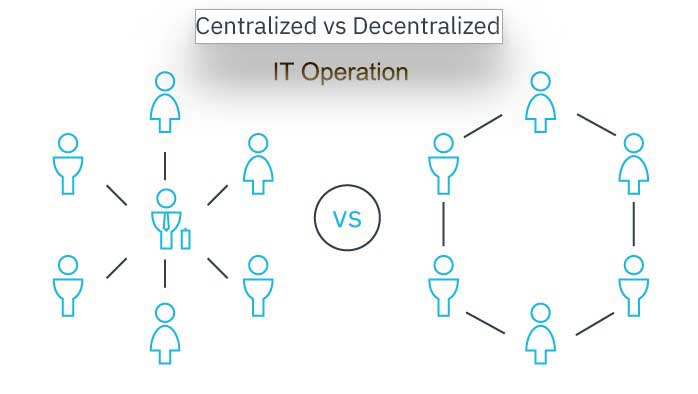
Information Systems
It can be wide and complex to manage IT systems. In the last decade, significant technological and socio-politic changes have occurred that have kept growing in the economy, where every market and business in the world has been able to compete comprehensively and relies on the capacity of associations. The transition has culminated in a re-evaluation of the leadership and organizational approaches of most organizations, such as industry, education, hospitals, government, and others. Several similar requirements were fulfilled, including cuts in borrowing, increased costs, competition for limited resources, and a desire to achieve better outstanding results.
Such associations have been more effective in dealing with pressure (Richards et al., 2001). Consequently, numerous public and private institutions, through implementing a centralized and decentralized strategy, have adopted technological transformation and are continuing to wish to sustain their IT activities. It mainly includes managers ‘ ability to monitor information systems ‘ expense, omnipresence, and potential failures.
Centralized and decentralized IT operations management of IT systems
When the technology improves and develops, the costs and contact periods decrease compared to past physical factors, as organizations in a broad geographical region face new obstacles when they cope with ancient issues in a modern way, for instance, by combining centralization with institutional decentralization in IT and service management. Is it supposed to be centralized management or operate separately for organizations or business units? Consider a manager with two subordinates to further grasp an arrangement about centralization and decentralization of an organization. An alternative from a menu of possibilities is allocated to each assistant (under centralization) or choose (under decentralization). Consider,
for instance, a large organization in which the Chief executive wants which brand to market across continents. Besides, it deems a significant business in which its owner decides which computer type should be used to operate efficiently for his staff like Windows and Apple-based computers. Consequently, we must consider the close relationship between decision making and operations that may influence the management of specialization IT systems while relevant requirements can be developed from the same centralized and decentralized organization model (Borowski, 2016).
Centralization role in IT operations
The general term centralization is used to form hierarchical structures in order to make decisions and authority in a significant way. Centralization shows that a focal point of control is present. Of instance, in each division of an enterprise, a corporation can have two data centers, but it can all be managed on a single server. Usually, a company, under the authority of a Chief Information Officer, helps organize its IT team as an individual business unit.
The group works in an organization that has various projects and specifications for each business unit and department within the company as needed. However, today’s complicated organizational form appears to suggest that distinct and unique elements of the organization can have different areas of authority in an enormously centralized organization, which appears in clear and hypothesized images. Centralization thereby presents managers with immediate benefits aimed at increasing efficiency and reliability networks for administrators that undergo digital technological transition.
Specialized management of Information Technology systems in business virtualization and functionality, transaction automation, and quick feedback on technological transformations and operations are supported by centralization. Control, competence, and economic environment are the key features of centralized IT systems. Centralization is an attempt to increase efficiency through exploitation of future economies of scale, including improvements in average, while improved productivity can also be achieved by limiting error possibilities (Berkman, 2001). The decisions and data resources related to the acquisition and control of centralized IT systems target a particular corporate entity that provides IT services throughout the corporation. The objective is to design immediate access and to keep IT frameworks as comfortable and straightforward as possible.
Centralized IT operation advantages
The sharing of their resources is among the most prevalent advantages of a centralized IT operation in specialized information systems. The very well-organized centralized infrastructure that handles information used by all organizations that provide access for their workers. This promotes the execution of operations across the enterprise of organizations. It is centralized in its planning and activity, allowing for the implementation of suitable technologies and its capabilities exchange between organizational bodies and units of software, hardware, and human resources become readily available. Doubling of information and other assets is also stopped (Sisk & Seidel, 2019). A centralized IT operation mainly includes the implementation of a pertinent data database that can be processed and accessed once by the entire organization. As a result, no effort limitation, no storage restrictions, and no information irregularities are available.
Read this also
Security Threats to Information and Infrastructures
Decentralization role in IT operations
Information systems are amongst the organization’s most critical components. For industry, information systems are known as a strategic and operational approach that is in accordance with IT specifications. A decentralized corporation usually consists of an administration that has a lower level of authority. The response to an expedited market transformation and a customer’s desire to achieve greater autonomy is frequently seen in today’s decentralized surroundings. In a decentralized atmosphere, IT operations are perceived to be more resilient and productive. Since technological advances have proven to be lightweight, less costly, more user-friendly, reliable and more efficient, the decentralized solution has been improved. The decentralization of IT operations can also be motivated by the desire to disassociate or achieve advantages from centralized IT components. Despite the fact that decentralization does not always increase response times (Vantrappen & Wirtz, 2017).
The adjustment to the IT environment illustrates the impressive progress achieved by the number of desktop users concerning the decentralized approach. Subscribers are guided to decentralized IT organizations through specific procedures where decentralized systems are scattered over different markets. For example, with the help of the DNS servers, each department is managed and regulated and maintains a variety of resources for the creation, configuration, and monitoring of systems. By reassembling to exceed the monitoring and implementation of services, decentralization encourages to improve IT operations. The aim can be autonomous management, the power to control their actions or the ability to operate when the device or network is not linked (Borowski, 2016).
Decentralized IT Operations Advantages
The proper development of the IT process is one of the most apparent advantages of introducing a decentralized IT operation for specialized information systems. The client and developer need to have less administrative experiences at this stage during the system development, so the quick implementation of this model is likely to take place. This enables to address the employee limitations and assets used in systems development that typically hinder centralized divisions of information systems. The implementation, maintenance, and troubleshooting are easier to manage with decentralized IT operations. It also encourages development of goods, facilities, and revenue (Singh & Seidel, 2019).
Conclusion
Centralized and distributed IT services have traditionally been described as a crucial proponent for technological innovation and the launch of the modern digital transition process. The innovative and reliable IT system and operation are what every organization prefers. Information Systems facilitates development-level flexibility and offers centralized and decentralized IT services with various essential advantages. A centralized IT executive may help to create an enterprise that is more, better controlled, and manageable. But others also contend that the IT operational cost of decentralized IT Service is lower than centralized IT service.
References
Berkman, E. (2001, September 15). IT Organization Management: Revisiting Centralization. Retrieved November 15, 2019, from https://www.cio.com/article/2441298/it-organization-management–revisiting-centralization.html
Borowski, C. (2016, January 20). Your IT Organizational Structure: To Centralize/Decentralize? Retrieved November 16, 2019, from https://www.softwareadvice.com/resources/it-org-structure-centralize-vs-decentralize/
Ericsson, M. (2007, February 15). The governance landscape: Steering and measuring development organizations to align with business strategy. Retrieved November 12, 2019, from https://www.ibm.com/developerworks/rational/library/feb07/ericsson/
Richards, D. J., Allenby, B. R., Compton, W. D., & National Academy of Engineering. (2001). Information systems and the environment. Washington, DC, USA: National Academy Press.
Singh, S., & Seidel, M. (2019, March 3). The Advantages of Decentralized Management. Retrieved November 16, 2019, from https://bizfluent.com/info-8574177-advantages-decentralized-management.html
Sisk, A., & Seidel, M. (2019, February 11). What Are the Benefits of Centralization? Retrieved November 18, 2019, from https://bizfluent.com/info-8065381-benefits-centralization.html
Vantrappen, H., & Wirtz, F. (2017, December 26). When to Decentralize Decision Making, and When Not To. Retrieved November 19, 2019, from https://hbr.org/2017/12/when-to-decentralize-decision-making-and-when-not-to











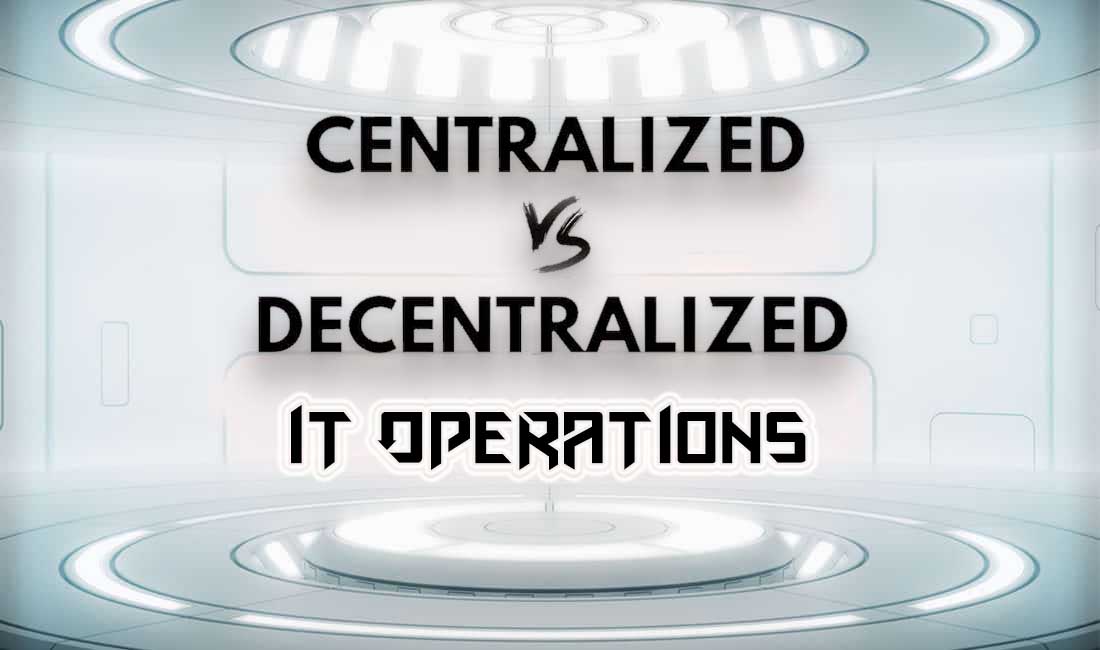
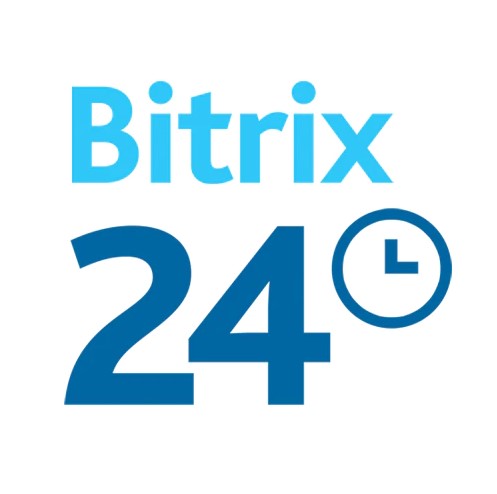

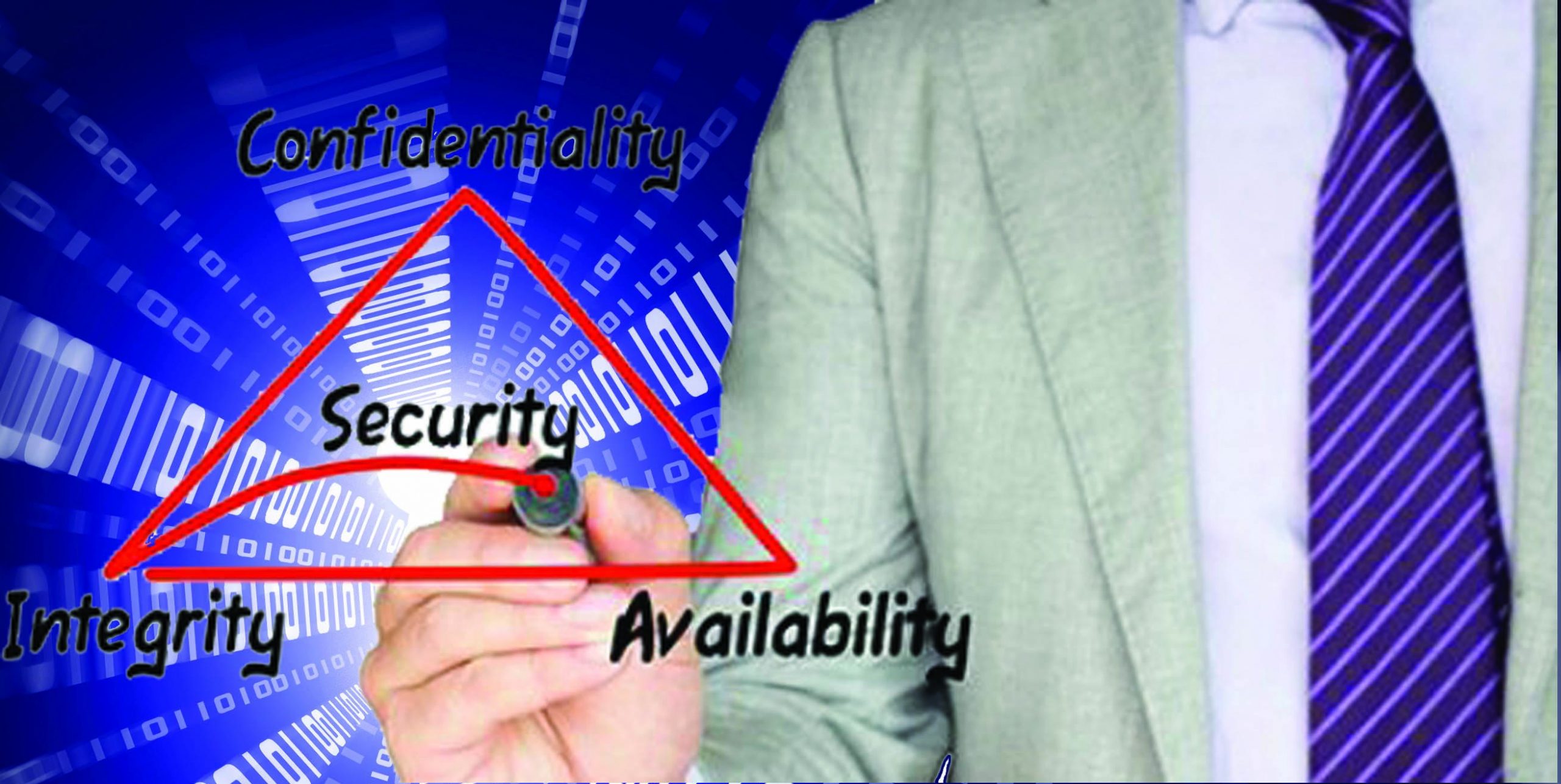

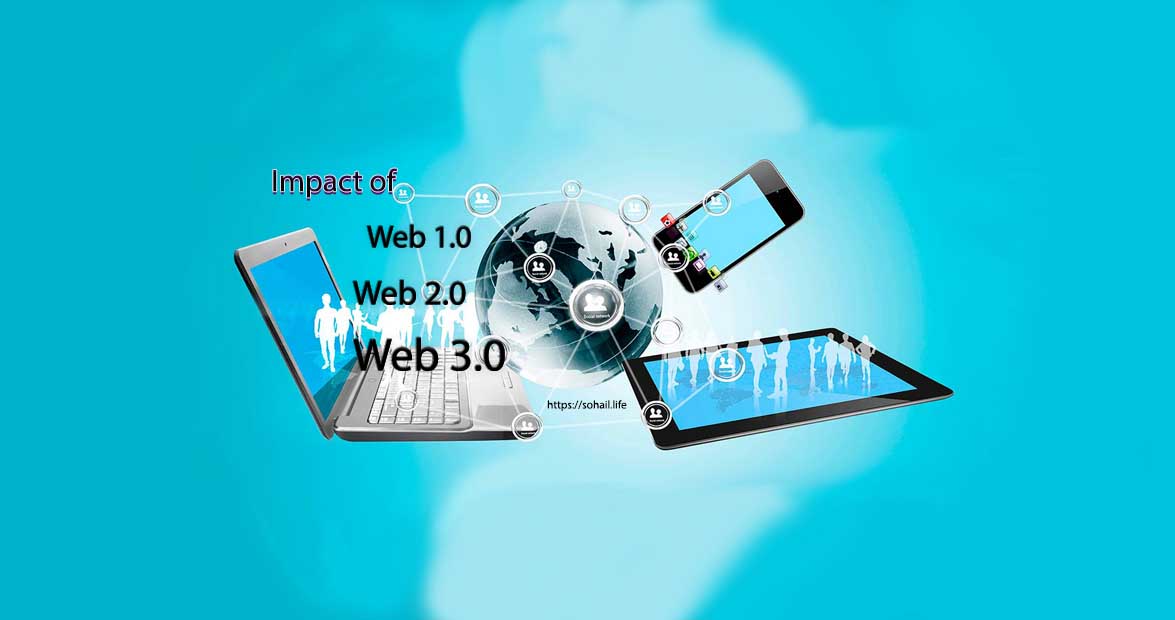
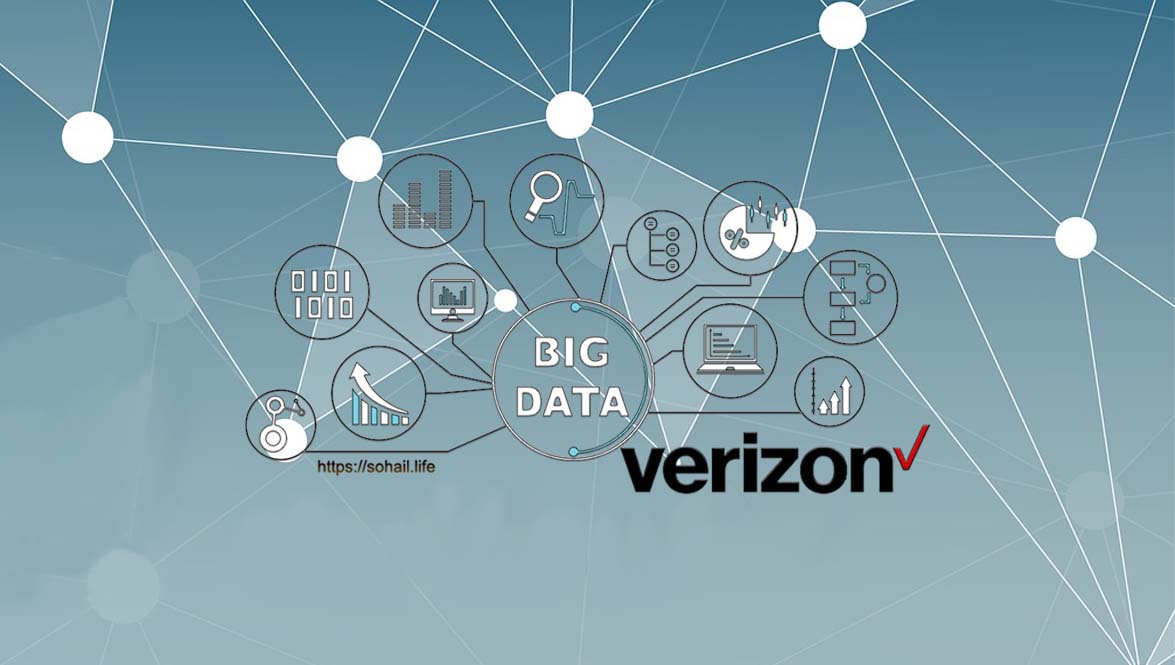
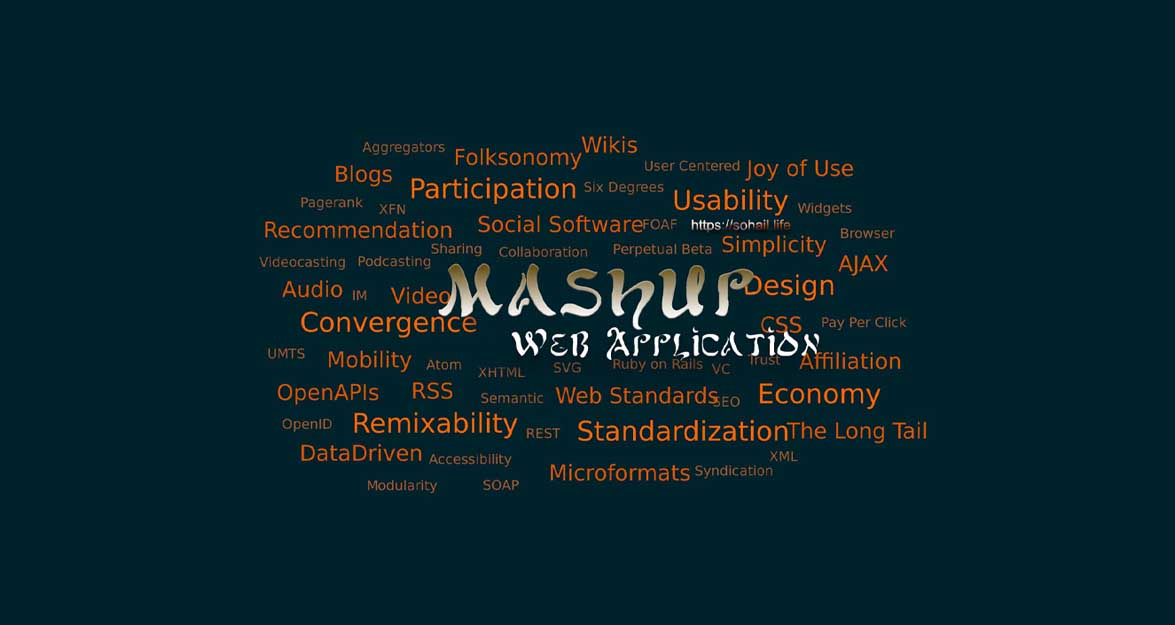






where can i get just a few viagra without costing a arm or a viagra 25 or 50? pfsier viagra from canada